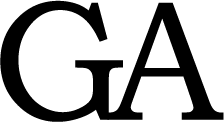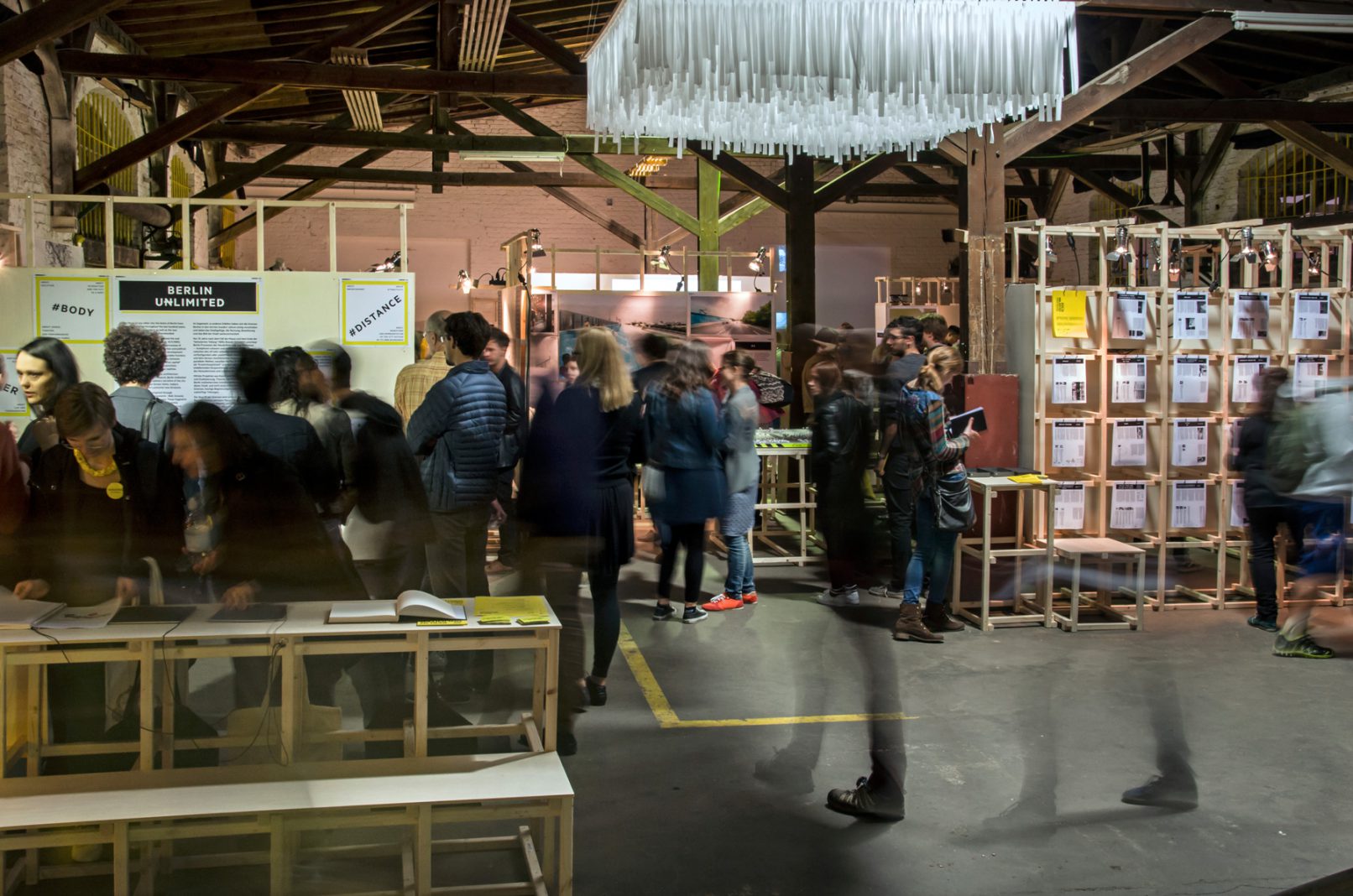Berlin Unlimited
urban arts festival
Berlin, dein Gesicht hat Sommersprossen, Berlin, your face has freckles;
the title of the song from Hildegard Knef from 1966 depicts—25 years after the fall of the wall and almost 70 years after the last war— the outcome of an era of disruption for the city. Along the 20th century Berlin revealed an extraordinary dynamism in response to exceptional circumstances, themselves brought about by a remarkable succession of geo-political events and historical shifts; at different times within the century the city on the river Spree became a capital of the avant-garde, bohemia, social reform, despair, destruction, division, reconciliation, unity, hope, opportunity… The freckles of Berlin trace this constant social and spatial transformation, an urban fabric and its social structure being re-placed, erased, re-organised, over and over again.
For long divided into two
by the spatial and political frontier between the world’s two dominant ideologies at the time, Berlin has in these last 25 years been stitching back its halves. Still, if “one divides into two, two doesn’t merge into one”. By removing the wall entire neighbourhoods in the former suburbs of former West and East Berlin have been transposed onto the present centre of a new Berlin. A unique situation arose where an abundance of otherwise neglected and forgotten spaces were suddenly located at the heart of the new city, available to all kinds of old and new occupants—home-buyers and tenants, residential and commercial developers, companies and investors— pointing to Berlin as the city of newly born ambitions and opportunities. And while this radical regeneration of the inner-city is on its way, progressively filling the gaps and re- appropriating history’s left-overs, the expansion of the greater urban territory stretches Berlin’s self-defining limits. Is a “Great Berlin” replacing the neatly delimited ‘island’ of the past ?
Everything is possible
The unbridled capital, Berlin holds a reputation of a city where everything is possible, where its own scars and voids become a playground for creativity and experimentation for everything from the arts to politics and from architecture to philosophy; a carte blanche of unlimited possibilities. What are the potentialities of this new Berlin and what are the roles and the rules in its new urban play? What future visions are replacing the ideologies of the past? Have its inhabitants found the freedom they were looking for or is an idealised representation disguising much more complex and sometimes conflicting urban realities?
Berlin Unlimited aims to bring together an interdisciplinary collection of work in the arts and creative media, architecture and urban design, theory and research, that reveal, reflect on, challenge, and reform, the limits and the limitations of the city; in its past, present, and future, is berlin limited, unlimited,(un)limited … ?
BERLIN UNLIMITED festival was a transdisciplinary collaboration between Guerilla Architects, CollageLab (Berlin) and Urban Transcripts (London) with the contribution of professionals from almost 20 different countries.
Team
- Anja Fritz
- Silvia Gioberti
- Nike Kraft
Partners
Berlin
- Z/KU - Zentrum für Kunst und Urbanistik
- 03.October - 10.October 2014







